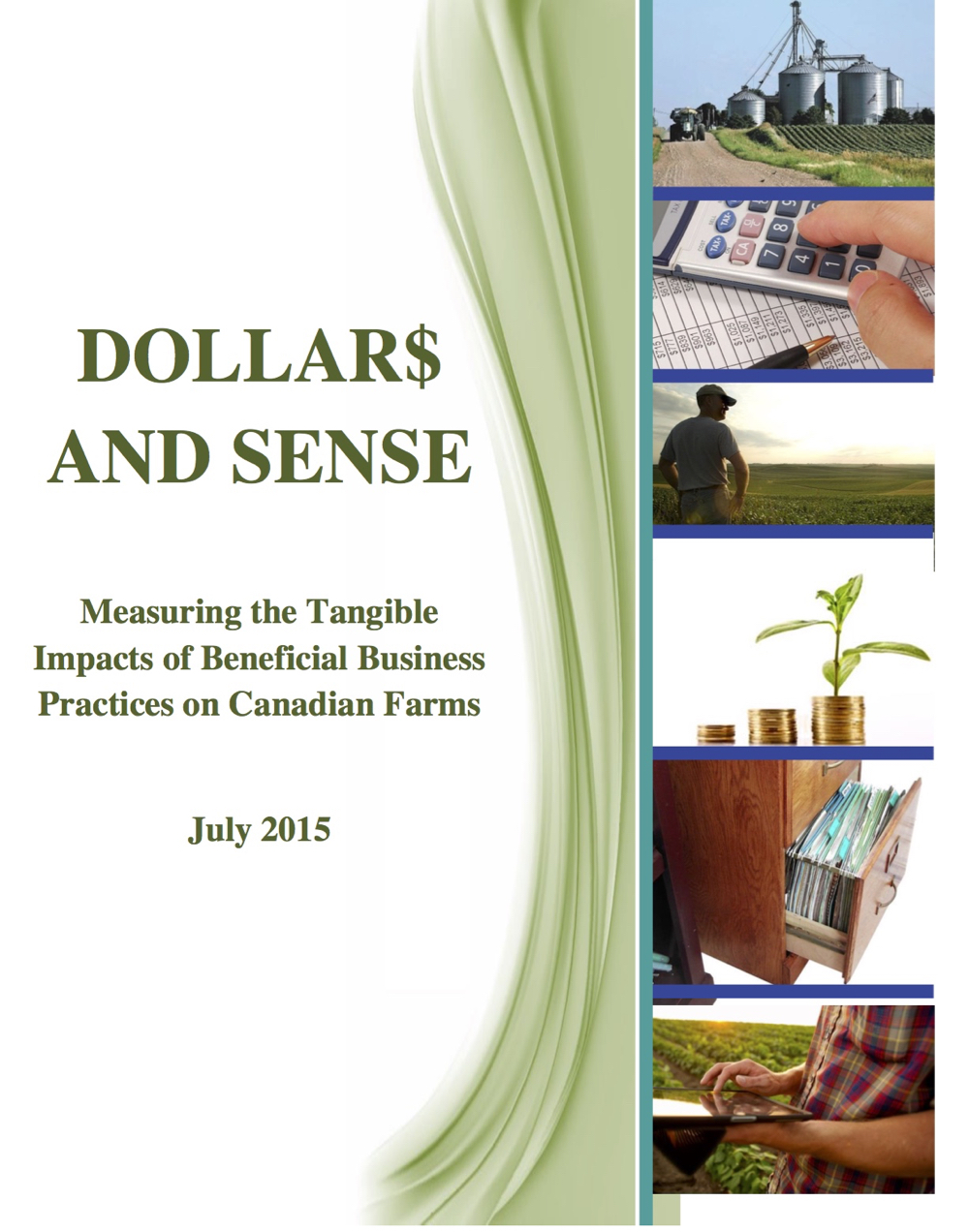Plant protein is joining the ranks of artificial intelligence, big data, advanced manufacturing, and ocean-based energy in the federal government’s plan to drive the Canadian economy in the coming decades.
Protein Industries Canada is one of the five ‘supercluster’ proposals selected earlier this month to share $950 million in federal cash over the next five years. And the consortium of more than 120 businesses, farm groups, universities, and others says Ottawa is making a good investment.
“This has huge implications for the western Canadian economy,” said Frank Hart, chair of the consortium. “Farmers, service companies, value-added processors, academic institutions, consumers, and, through spinoff bene- fits, everyone on the Prairies and throughout Canada will stand to benefit.”
Read Also

New research sheds light on infertility in bulls
Southern Alberta researchers make ground-breaking discovery in sperm function examining male infertility in bovines.
The group’s share of the federal money isn’t yet finalized — spokespeople for the group see an amount somewhere between $150 million and $200 million — but they expect it to supplement roughly $400 million already secured from its members in cash, in-kind commitments, and venture capital.
“This initiative is estimated to generate over $700 million in new commercial activity and billions in incremental GDP over the next decade together with approximately 4,700 new jobs,” the consortium said in a news release.
The plan is to use plant genomics and novel processing technology to increase the value of the crops in high-growth foreign markets such as China and India — and to feed demand in North America and Europe for plant- based meat alternatives and new food products.
“Plant-based protein is a $13-billion market of which Canada currently has a minimal share. We need to seize this opportunity before our competitors do,” said Hart, chief risk officer for Regina-based Greystone Managed Investments.
The group will focus on four areas — crop breeding, crop production, value-added processing, and export development, he said.
If Canada can become a plant protein leader, farmers will benefit from expanded domestic and export markets, increased processing, and more sustainable crop production, said Ray Bouchard, a board member and vice-president of Manitoba ag equipment dealer Enns Bros.
The cluster doesn’t plan to focus strictly on crops which have the most visible protein profiles, such as pulses, said Hart, adding there’s “a lot of ‘hidden’ protein” in crops such as canola.
For example, he said, much of the protein in canola seed remains in the meal and goes to livestock feed, but if it’s possible to separate the seed’s hull from its contents, there may be ways to extract more of its protein for food use.
It’s also expected that new operations and facilities will need to be set up to develop new technologies, including software to handle the data required on the crop production side.
“I think we’ll start seeing projects funded by the fall,” said Bouchard, adding the organization will set up offices in all three Prairie provinces.
The supercluster also plans to foster collaborations including companies and groups which weren’t in on its initial bid, he said.
So far members include the universities of Alberta, Lethbridge, Saskatchewan, Manitoba, B.C., Regina, Guelph, Toronto and Ottawa; and companies such as ADM, Canadian National Railway, Cargill, Dow DuPont, G3 Canada, Mosaic Co., Parmalat, and Richardson International. A number of Alberta cities also backed the plant protein bid as well as Alberta Pulse Growers, Alberta Canola, Alberta Food Processors Association, and Leduc’s Food Processing Development Centre.
The federal supercluster initiative was launched last year as a challenge to Canadian businesses “of all sizes” to collaborate with institutions on “bold and ambitious strategies that would transform regional economies and develop job-creating superclusters of innovation, like Silicon Valley.”
The supercluster concept “has really kind of forced a lot of dialogue” between various stakeholders, of various sizes, as to how they can all benefit, said Bouchard.
He praised the government for making the supercluster model business led, working in tandem with schools and research agencies, which “may change the way we partner going forward.”
Among the nine finalists, Canada’s ag sector was also represented by the Smart Agri-Food Supercluster, an Alberta-based, “pan-Canadian” group focused on sustainable innovations in food production.















